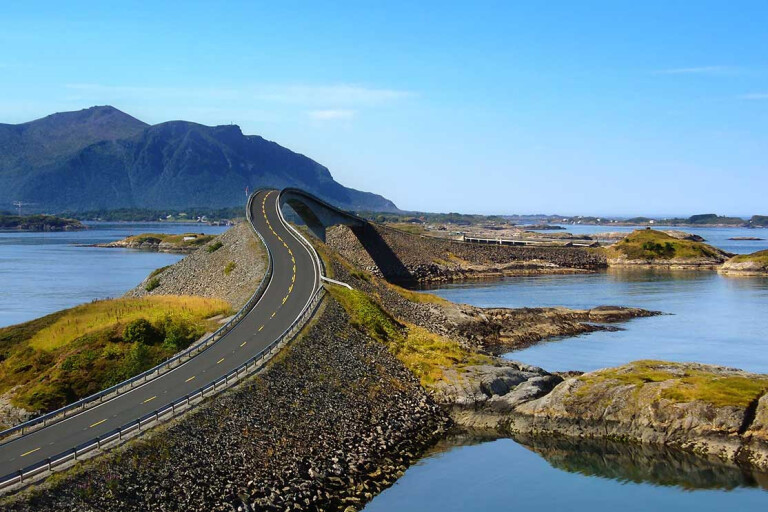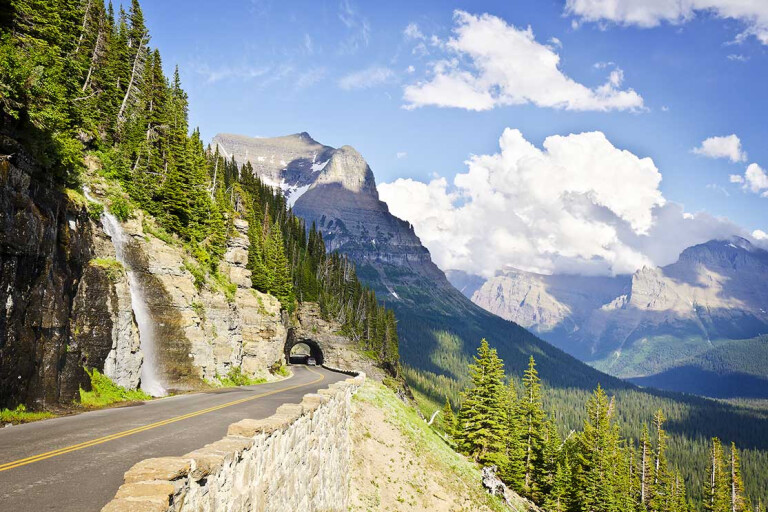.jpg )
Dreaming about driving a Fiat down the Amalfi Coast, a VW through Germany, or a Jeep along Highway 61 in the US? Well, you’re not alone. But before you start packing the suitcase and selling your investments, there are a few things you’ll need to consider.
PERMITS AND LICENCES
The first thing you should do is look into driving permits. Your Australian licence is valid overseas, but in many countries you will also need an international driver’s licence, particularly if you intend to hire a car.
Be sure to check the country’s licensing requirements before you fly out (the Australian Automotive Association is a good place to start).
If you need a licence, it’s a no-fuss application to your state Australian Automobile Association (the NRMA/RACV/RAC etc.). You need to be over 18 years of age, have a full and current Australian driver’s licence and have a recent passport-sized photo to hand in with your paperwork. Oh, and it costs the grand sum of $36.50. Win!

INSURANCE
It’s a real gamble to drive a car without insurance, particularly overseas where language barriers, varied medical care and the simple financial implications of an accident can turn a holiday into a harrowing experience. Know your level of cover, excesses, whether you have breakdown assistance and, most importantly, your medical cover.
ROAD RULES
As you plan your route, take some time to read up on the road rules and the laws of the countries you’re visiting. Europe is pretty simple to drive through because the signage is almost standardised no matter what country you’re in.
Border crossings, on the other hand, can be a bit stressful and leave you confused and nervous if you aren’t aware of the rules before you roll into new territory. Usually in larger countries like Europe, USA and Canada, it’s usually pretty simple. But some countries have very different rules despite sharing borders. This is where travel guides really come in handy as well as travel agents. Beware that there may be forms involved – who doesn’t love holiday paperwork!?
Take particular note of countries which switch from driving on the right to driving on the left, and vice-versa. 66 per cent of the world’s roads are right-hand drive. While water, mountains or deserts usually separate the two, there are about 100 border crossings that have the switch; mainly in Africa, Asia, and South America. Just remember, no matter where you are in the world, the driver’s side of the car is always next to centre-line of the road. Keep that painted line on your side as you drive and you will never turn into oncoming traffic.

RESEARCH
Research, research and research. This word is your best friend when planning any overseas trip, especially one where you’re behind the wheel. Lonely Planet guides are always a good start. But the best information comes at a price – but don’t worry, not one big enough to sacrifice any of your trip. There are a few online resources available, but we like the Road Travel Reports from the Association for Safe International Road Travel has up-to-date information and e-newsletters for road conditions and special events in 150 countries for a small fee of $50. It’ll also highlight special events, recent road changes and even strange environmental hazards; for example, the annual amphibious migration of frogs in Germany each spring. The migration is so severe in some areas that new roads are automatically built with ‘toad tunnels’ to enable the frogs to cross safely. Some of the older roads, however, are not safe for amphibian or automobile, and the alternative paths – sans flattened frogs – are all listed.
MAPS
No matter how good modern technology is, or how much you rely on navigation, nothing beats a good old paper map. Plotting your trip on paper is still the best way to get your head around the route – plus it can make for some pretty momento-artwork. It also eliminates confusion, nerves and the horror of phone or GPS failure.
There are plenty of benefits of a self-drive tour for your next vacation. It gives you the chance to really explore off the beaten track, gives you full control over the places you visit and it gets you off a bus, which we think is a big tick.

So get your permits, do your research and of course, have fun.
Safe travels!
While an international road trip may be a dream, there are plenty of options closer to home. Click here to read WhichCar's selection of romantic drives in Australia.
COMMENTS